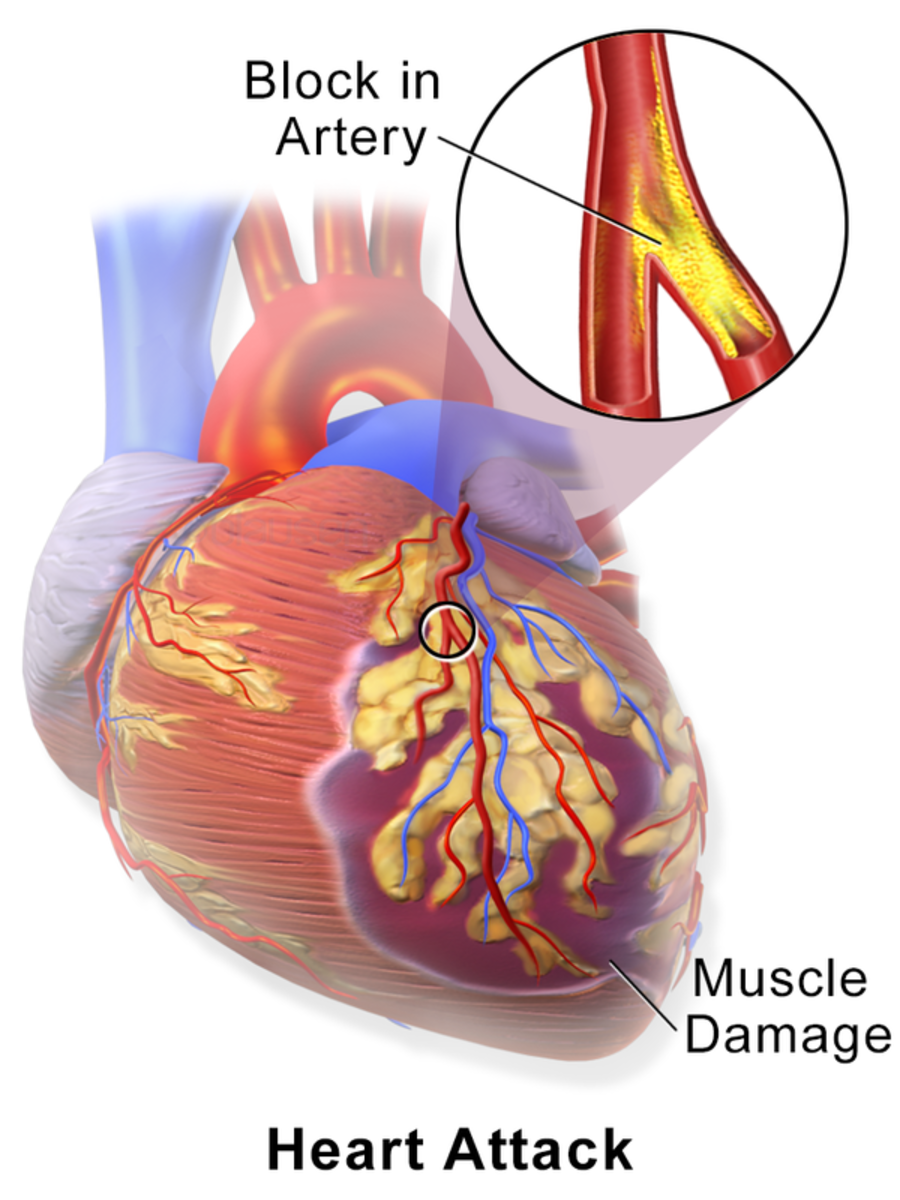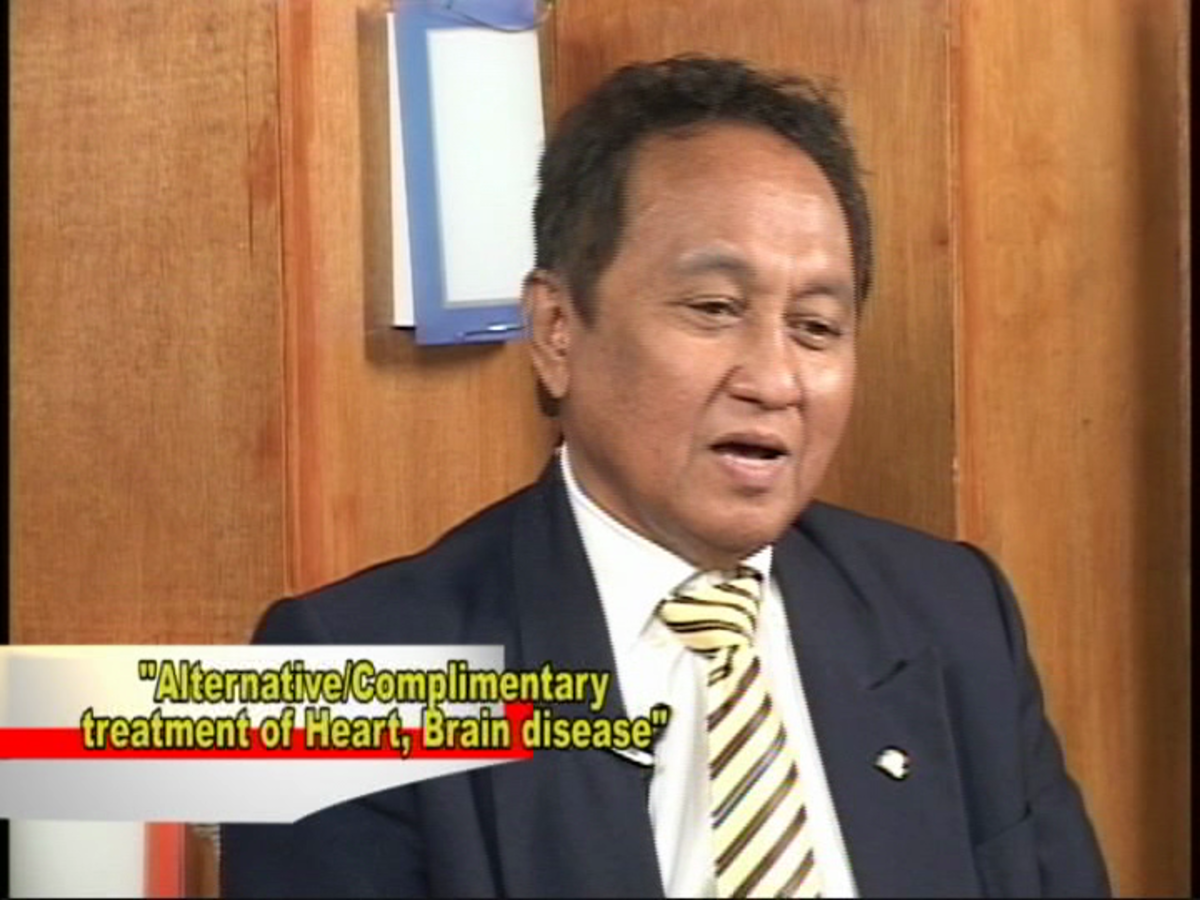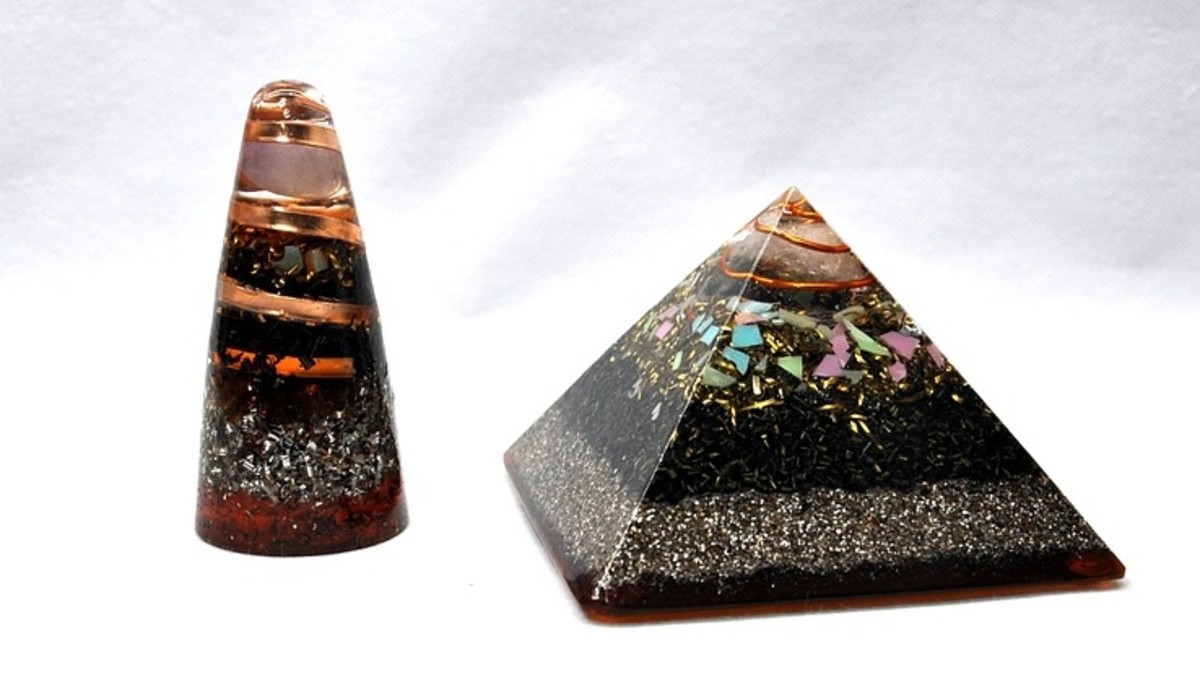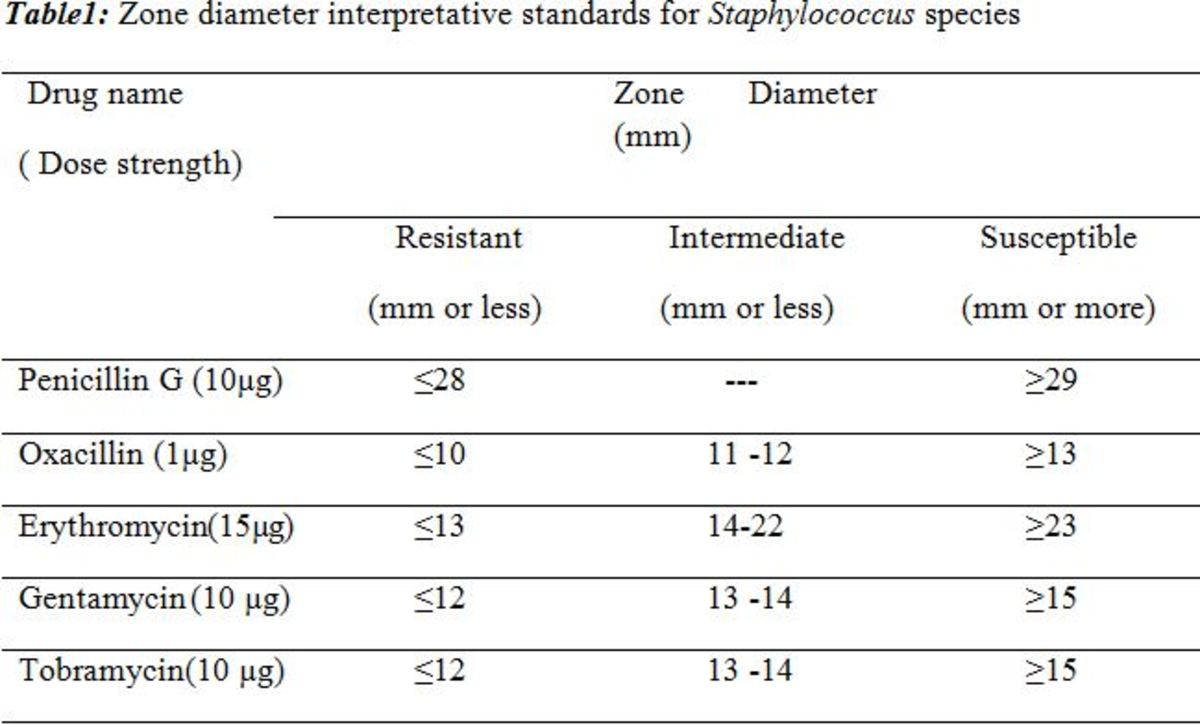Advances and Stagnations in Medicine this Last 10 years
The medical technologist is inserting needle into one artery through which infusion chelation solution gets into my body. My first session in chelation.
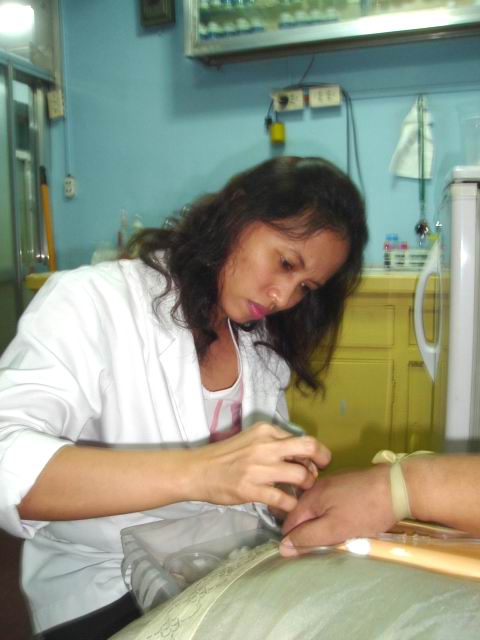
Ten years now since I turned to medical journalism in 2004
I added medical journalism to my repertoire in 2004.
My interest in medical journalism was spurred by my desire to control the decision in treating my heart disease or myocardial ischemia. I am a graduate in Agriculture, major in Agricultural Communication. I earned units in masters in journalism and development communication. I have a background in physics, genetics, microbiology, pathology, zoology, physiology, entomology, statistics, chemistry and philosophy. These have made it easier for me to understand the language of medicine. Philosophy is useful in logical analysis, theory making and ethics.
In April 2002 I was diagnosed by a conventional cardiologist that I have at least one heart artery that has narrowed by as much as 75% of its diameter. This diagnosis, without undergoing angiogram, was derived from the fact that I was having frequent hypertension and angina. That month, I was confined in a hospital owing to a bout with hypertension (160/90). I took that occasion to go for a two-dimensional echocardiography (2Decho) which I had postponed since 1994. During that time I was engaged in denial that heart disease applies on me.
Upon my discharge from the hospital my attending doctor gave me a prognosis: “he is a candidate for heart bypass.” I did not have the money for a heart bypass operation. I heard that this operation is traumatic. I was ignorant about heart disease.
I realized that letting the doctor decide for me to go under the knife stems from my own ignorance. I should break my ignorance, I thought. I started my own literature research on heart disease.
The first article I came across in 2004 was from a dusty journal, Family Physician. It was written by Snyder who said that the size of a plaque in a heart artery can be reduced by niacin that has a cholesterol-lowering effect. In another issue of the same journal, I read about angina (stable, unstable, silent) and heart attack.I found copies of this journal in a thrift shop. I also found a book entitled “Dr. Dean Ornish’s Program for Reversing Heart Disease.” I started to read it on July 1,2004.
I started to follow the heart disease reversal diet that Dr. Ornish recommended. It is mainly a vegetarian diet except for tofu and kefir, dairy products, that are sources of calcium. Dr. Ornish wrote that his program can reverse heart disease without drugs. I consider it slow because it can reduce plaque by 8% in four years. I continued to take the drugs prescribed for me by my conventional cardiologist: aspirin, 80 mg per day; losartan, 250 mg per day; Imdur, 1 tablet per day; nitroglycerin (Isordil), 5 mg whenever I had a bout with angina.
In addition I was taking fruit juice of noni, a medicinal plant. It contains arginine which when acted upon by the enzyme nitric oxide synthase produces endothelial nitric oxide (eNO). This is like nitroglycerin that dilates arteries to allow more blood flow. It augmented Imdur that later on it could substitute for Imdur. In fact, my cardiologist delisted Imdur from the drugs that i should take. Noni juice reduced episodes of angina. However, it did not reverse plaque.
Then the book of Dr. Elmer Cranton “Bypassing Bypass” (Updated second edition, 1995) firmed up my belief that coronary arterial plaque is reversible with infusion chelation therapy (I started reading it on April 30,2005). He mentioned that “oral chelates may be the wave of the future” spurring me to look for oral chelators.
Free radicals
I came across the concept that free radicals and derivatives cause disease in the book of Dr. Cranton. He elaborates a theory that free radicals or derivatives cause the injury in the inside wall of the artery. That injury is called atheroma, which is a non-malignant tumor. The body tries to patch it up with elastin, collagen, fibrin, cholesterol and other debris. Calcium comes in later that serves as the cementing agent. As more of these materials become deposited, the mound grows in size to partially block the artery and may totally block it. This narrowing triggers a symptom, pain in the chest, sometimes called angina. Such narrowing lessens the flow of blood, thus lessens the supply of oxygen. If the lack of oxygen is severe some heart muscles might die that can bring on heart attack.
This theory looks more plausible than the cholesterol theory of heart disease or the risk factor theory of heart disease. This says that heart disease results from risk factors like age, race, cholesterol, lack of exercise, hypertension, diabetes and smoking. This is elaborated by Michael DeBakey, MD and Antonio Gotto, Jr. MD in their book "The Living Heart" published in 1977. in the sequel of their book entitled "The New Living Heart" (published in 1999) they defined a risk factor as a tool to predict the probability that a person will contract a disease. So a risk factor is not a cause. They conceded that heart disease can be reversed by cholesterol-lowering drug and by a change in lifestyle.
I read more literature on free radicals and found that they cause other diseases like cancer, arthritis, diabetes, osteoporosis, psoriasis, hypertension, stroke, lupus, emphysema. Dr. Morton Walker, had listed over 40 diseases caused by free radicals and derivatives in his book “The Miracle Healing Power of Chelation Therapy.”
Of course, free radicals and derivatives like hydrogen peroxide, lipid peroxide, hydroxyl, are not germs. So they do not belong in the germ theory of disease inaugurated by Louis Pasteur, Edward Jenner and Robert Koch.
The control of diseases caused by free radicals and reactive oxygen species (ROS) is much simpler than that by germs. One reason is that there are plenty of germs that include fungus, bacteria, protozoa, and virus. One germ may need one antibiotic to control it; or a cluster of germs may need one kind of antibiotic as antidote. That is why there are plenty of antibiotics. But virus cannot be controlled by antibiotics and vaccines have been designed against them. A vaccine can control chickenpox but the virus can hide in the spinal column. When the environment is favourable virus reemerge and cause singles or herpes zoster (different from Herpes hominis that is sexually transmitted).
Free radicals and ROS are classified as oxidants and they can be prevented or neutralized by antioxidants. These are found in fruits and vegetables. The body has built-in antioxidants like the superoxide dismutase, catalase, and the glutathione enzyme system composed of glutathione peroxidase, glutathione reductase and glutathione synthase. A person born without these built-in antioxidants become sick of progeria and dies of old age when he/she is only 10 to 13 years old of calendar age. Progeria can be treated with the glutathione enzyme system. Plants can supply the ingredients of glutathione (glutamate, glycine, cysteine and cofactors selenium, zinc, lipoic acid, vitamin B2), except lipoic acid which the body makes. These are available in noni.
I used my notes on free radicals and ROS in writing my book on a medicinal plant, noni or apatot in the local dialect (Morinda citrifolia, L.). This book is titled “Benefits Derived from PhilNONI” published in 2008 with a Chinese version published in 2013.
In 1962, Dr. Denham Harman made the interpretation that free radicals and ROS cause disease. In 1964 it was discovered that chelation therapy reverses plaque in the heart artery. This discovery has been snubbed by conventional medicine that has stuck to coronary arterial bypass graft surgery (CABG) and angioplasty to treat angina and heart attack. Both CABG and angioplasty has a mortality rate of 2 to 5% and no guarantee that plaque will not recur. The reason is that these do not deal with the causes of heart disease which are free radicals and ROS.
I argued hard to spread the concept that free radicals and ROS cause disease. Before I could read that the cigarette industry had admitted the presence of polonium 210 in smoke, I argued that smoke is more that just a risk factor. To conventional medicine a risk factor is not a cause; it is associated with disease like cancer and conventional medicine stopped there. Now smoke contains polonium that causes disease. This fact belongs in alternative or integrative medicine.
Chelation therapy is safe and effective
In the US there had been a tug or war between chelation therapy on the one hand and angioplasty and bypass surgery on the other. However, a lot of people had been opting for chelation therapy. It came to a point that the US government was obliged to clear up the controversy over this mode of treatment. The National Institutes of Health (National Institute of Heart, Lungs and Blood) of the USA launched a double blind randomized with control study called “Trials to Assess Chelation Therapy” (TACT) in 2002. The results were announced in a meeting of the American Heart Association held in Los Angeles, California on November 4,2012. TACT found that chelation therapy is safe and effective for heart disease. TACT costs US$30 million.
I demonstrated by way of the logic that Einstein used in proving that the special theory of relativity is true that TACT proves that free radical theories of disease are true.
Hepatitis B
Upon the insistence of a patient afflicted with hepatitis B, Dr. Arturo V. Estuita, a Filipino internist and chelationist, administered infusion chelation therapy to treat him. He was treated of hepatitis B in March 2012. To date over 20 patients with hepatitis B had been treated. However, these evidences are still anecdotal like that of chelation therapy early on. Although this therapy had already treated over 600,000 patients without any side effect these evidences were still considered anecdotal until the TACT proved that it is safe and effective for heart disease. Treatment of hepatitis B with chelation therapy is a breakthrough in medicine.
Modern drugs for hepatitis B have been rendered ineffective by the resistance to them developed by the virus. Whereas a drug attempts to damage the DNA polymerase of the virus, responsible for replication, chelation therapy ejects virus physically.
Like chelation therapy time will come when a double blind randomized with control study will be conducted for treatment of hepatitis B with chelation therapy. Dr.Elmer Cranton, MD wrote that only about 20% of the drugs and protocols in medicine had gone through a double blind randomized study. Dr. Jonas Salk did not use this research design in developing the Salk vaccine. He used the observation method where both the control and the treatment groups were protected from polio (Kluger, J. Splendid Solution, Dr. Jonas Salk and the Conquest of Polio. 2004). The method of Dr. Salk might be more appropriate for use in a trial for hepatitis B treatment with chelation therapy. in the TACT, the treatment group was given the standard solution developed earlier by American chelationist and the control group was given dextrose, which is glucose or sugar. I have a Hub "USA has announced chelation therapy as safe and effective for heart disease and diabetes."
Stem cells
In the first decade of 2000 there arose an ethical issue over the use of embryonic stem cells in stem cell research. Those against it contended that using the embryo is tantamount to killing the two-week old embryo that is already considered as a human being.
My first encounter with stem cell research was with the book “The Stem Cell Divide” by Michael Bellomo, published in 2006. I have written at least four articles on stem cell research published in conradofontanilla.hubpages.com.
The ethical issue has been skirted by Shinya Yamanaka in 2007 who discovered that adult skin cells can be reprogrammed to pluripotent stem cells or induced pluripotent stem cell (iPS). These can produce an embryo other than that produced by the fertilization of female egg by the sperm. iPS overrides the ethical issue.
In my stint as a medical journalist since 2004, I have followed the germ theory of disease, the free radical theory of disease and now stem cell research and therapy.
Both the medical profession and the public or consumers had resisted the germ theory of disease. It took 40 years for the medical profession to adopt the ideas of Pasteur, Jenner and Koch.
The free radical theory of disease has met a stiffer resistance than the germ theory from the medical profession. The consumer has not been actively resisting the free radical theory of disease. Non-adoption is more due to the misinformation the consumers are getting from conventional medicine. The reason is the entry of Big Pharma in the picture. Big profits have superseded science and healing. Drug literature issued by pharmaceutical companies has dominated biomedical literature published by the medical profession.
Stem cell therapy is much more welcome than chelation therapy. However, stem cell therapy is still new that only a few drugs or protocols have been established.
Early this year an international convention was held in Europe by researchers and laboratories involved in stem cell research and therapy. Research results from all over the world are now being compiled. Interchange of ideas, results and protocols are now being done through the Internet.
Largely, if at all, stem cell research and therapy have nothing to do with germs. However, they involve free radicals and ROS. The reason is that these can damage stem cells during processing, storage, and even upon application in the body. They can cause early aging of stem cells used in therapy. The short life span of Dolly, the first cloned sheep, could be owing to the use of stem cells aged by free radicals, according to Doug Wallace, Director of Center for Molecular and Mitochondrial Medicine and Genetics (Bellomo, M., The Stem Cell Divide. 2006:184-95).
The future
The germ theory of disease will stay with us. Germs have developed resistance to antibiotics that new ones must be developed. New vaccines against virus must be developed as well.
We have not yet derived full benefit from the free radical theory of disease. For example, chelation therapy has the potential to finally place heart disease to the bottom of the list from its present status as the number one killer in the world. It can do the same for cancer, diabetes, stroke, and other degenerative diseases. Chelation therapy will still meet a stiff resistance from conventional medicine because it makes obsolete CABG and angioplasty that are a billion dollar industry.
Stem cell therapy in regenerative medicine is promising. Already stem cells from cord blood are being used to treat cancer, heart disease and a host of other degenerative diseases. Stem cell therapy will get to the mainstream fast because it has plenty of room for Big Pharma.
These I am witnessing and writing on as a medical journalist.


